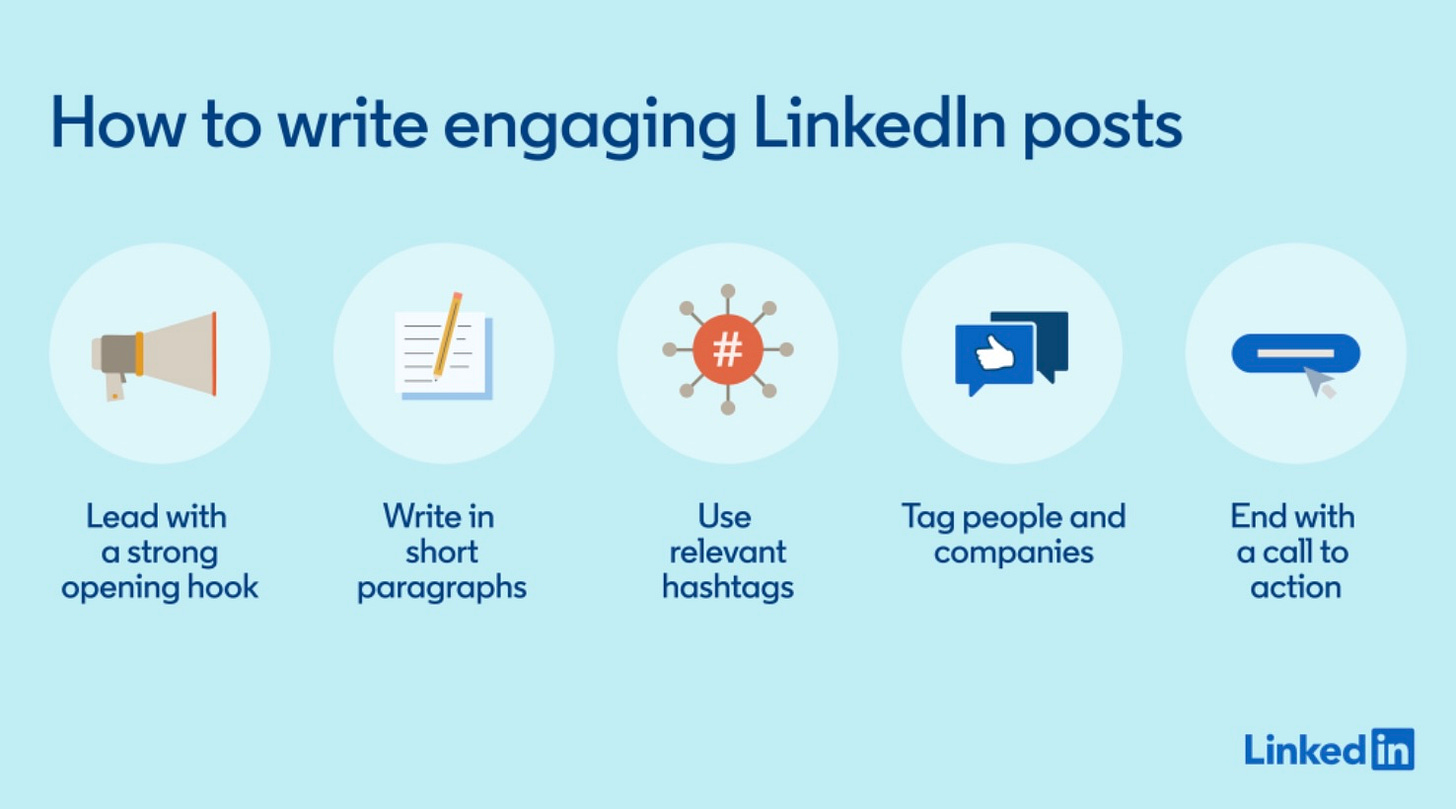This is as click-baity as I get but it’s legit so - Stop Guessing! 5 real linkedin algorithm secrets direct from the people who built it (plus 1 myth they are tired of hearing)
Ooooof. I feel a little icky.
Ever notice how every marketing blog seems to have a “secret trick” for solving the LinkedIn algorithm yet, mysteriously, few actually cite where the info actually comes from?
I feel like every week I’m getting another post pushed at me promising that if I just do THESE ten things, I will be rewarded with countless riches, followers and engagement.
So this week I decided to take matters into my own hands. Who’s excited for primary source information direct (and only) from actual Linkedin employees?
(I can sense your collective excitement)
I’ve searched through the articles and am sourcing the below solely from the people who actually build, run, or analyze the platform. This includes people like Daniel Roth (Editor in Chief at LinkedIn) as well as Tim Jurka, Mohit Kothari, Lakshman Somasundaram, Alice Xiong and Fengyu Zhang with all listed in comments section below.
.
And with that I present (in all caps no less) - FIVE LESSONS THE BUILDERS AGREE ON AND ONE POTENTIAL MYTH
1. Relevance is key
The feed seeks knowledge and advice for a defined audience. Speak to your niche, keep relevant (avoid AI slop that sounds meaningful but isn’t).
2. Subject Matter Expertise is measurable
The algorithm checks your profile and post history to confirm you’re credible on the topic (new to me!). So staying in your lane = higher ceiling. Ironically this may mean this post gets throttled as Linkedin advice is a new topic for me.
3. Quality comments win
Substantive back-and-forth from peers trumps a flood of quick likes or “Great post!” pods (nice concept, can be hard to control for).
4. “Dwell Time” is a thing
New concept! The amount of time spent on a post, not just engagement but how long you “dwell” on a post vs skipping over - matters. So if you can do it in an engaging way, carousels, vertical video, and scanned text blocks buy time on screen (I have yet to learn how to do this in an engaging way but am working on it).
5. Links in posts actually are a detriment
External links without context suppress distribution. Summarize the takeaway first, then drop the URL in a comment if you have to.
MYTH? Interestingly I found nothing documented on the theoretical “Golden Window” rule where you aggressively comment and like 30 minutes before and after you post (sad clown emoji).
OK - let’s get at it. Also please leave deeply substantive comments and/or really cool emojis.
(Substack growth newsletter coming later in the year).


